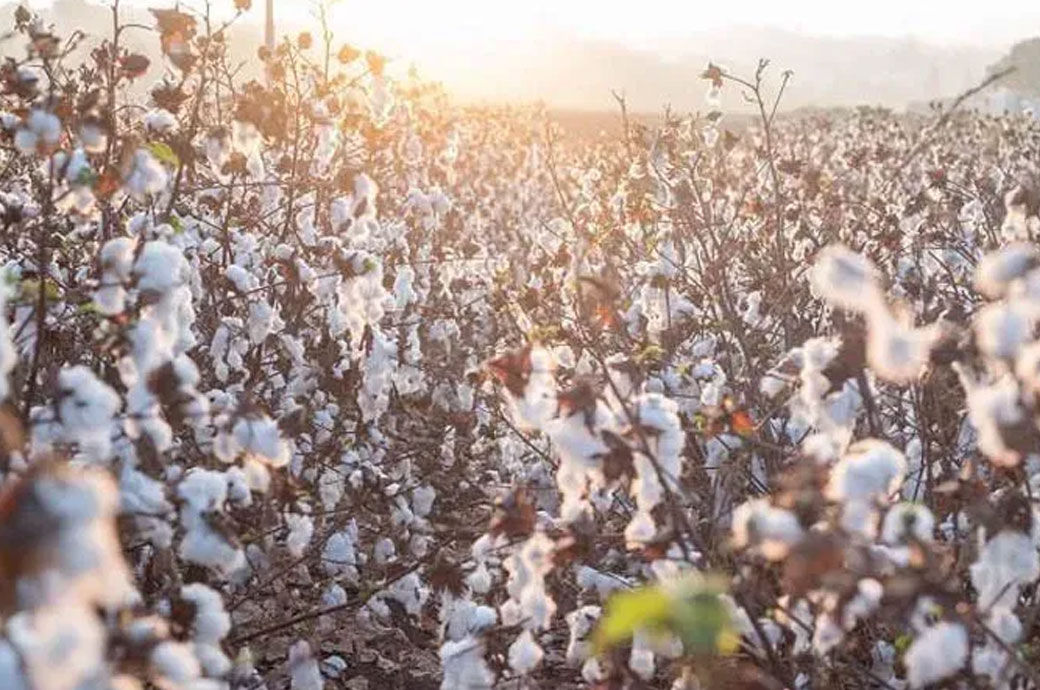Firms near eastern China coast more inclined for cotton imports: USDA

Nevertheless, in all regions, domestic cotton has the largest share of mill use. China imports about a fifth of its cotton, and the United States is a chief exporter of cotton to China.
Despite adopting a tariff-rate quota (TRQ) system for cotton imports and issuing supplemental quotas in most years, the large number of cotton goods manufacturers that request shares of the quota suggests demand for imported cotton exceeds the quota, USDA observes.
Between 2016 and 2022, 1,581 companies applied for a share of the TRQ, and 265 companies applied in the seven years. Most of these companies also applied for supplemental quotas issued with slightly higher tariffs. This large number of applicants suggests that imports could be even greater if quotas did not limit them, USDA notes.
While the TRQ was intended to protect China’s cotton farmers, many farmers abandoned the labor-intensive crop as wages rose rapidly in many other industries and other crops produced higher returns. In response, officials encouraged cotton production in the relatively remote region of Xinjiang to prevent China from becoming reliant on imported cotton.
Xinjiang growers receive a subsidy payment for cotton, and subsidies for machinery and seeds. A transportation subsidy induces textile manufacturers in eastern and central regions to purchase cotton from Xinjiang, which is about 2,200 to 2,900 miles from most of the country’s textile manufacturers. Financial support and other incentives encourage manufacturers to shift operations to Xinjiang.
The operation of the quota application process is not public information, but data submitted by applicants suggests access to imported cotton is uneven, USDA’s research found.
About 14 per cent of applicants said imported cotton comprised over half of the cotton they used. Another 20 per cent of companies requesting import quota did not use any imported cotton, suggesting that many applicants are unable to import.
Textile manufacturers coped with limits on cotton imports by increasing their use of synthetic, chemical-based fibres or by importing cotton yarn. From 2000 to 2020, China’s yarn imports doubled from under 1 million metric tonnes to around 2 million metric tonnes with Vietnam supplying about 45 per cent of that total in 2020.
The number of textile manufacturers in Xinjiang applying for a share of the cotton import quota rose from 37 to 68 between 2016 and 2022. However, imports constituted less than 2 per cent of the cotton Xinjiang applicants reported using—and 66 per cent of them reported using no imported cotton—suggesting that applications from Xinjiang textile companies were often denied.
USDA analysis found that applicants in coastal provinces used more imported cotton than similarly sized applicants in other regions. Each location of a multi-plant company must apply separately for tariff-rate quotas.
Textile manufacturers in Xinjiang that requested a share of the import quota included branches of some of China’s largest textile companies, but the analysis found that Xinjiang applicants used less imported cotton than similar manufacturing plants located in other regions.
China’s role as a cotton importer appears to have peaked, while other countries are increasing their share of imports. USDA baseline projections suggest that by 2030, Vietnam, Pakistan, Indonesia, Bangladesh and Turkiye will together account for 47 per cent of the world’s cotton imports while China will only account for 24 per cent.
Fibre2Fashion News Desk (DS)
































-Ltd..jpg?tr=w-120,h-60,c-at_max,cm-pad_resize,bg-ffffff)





.jpg?tr=w-120,h-60,c-at_max,cm-pad_resize,bg-ffffff)
.jpg?tr=w-120,h-60,c-at_max,cm-pad_resize,bg-ffffff)






